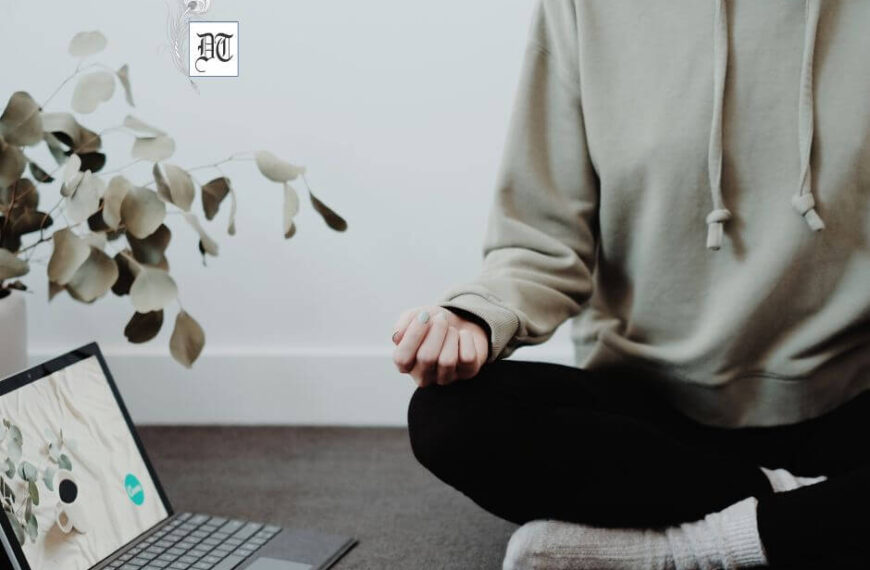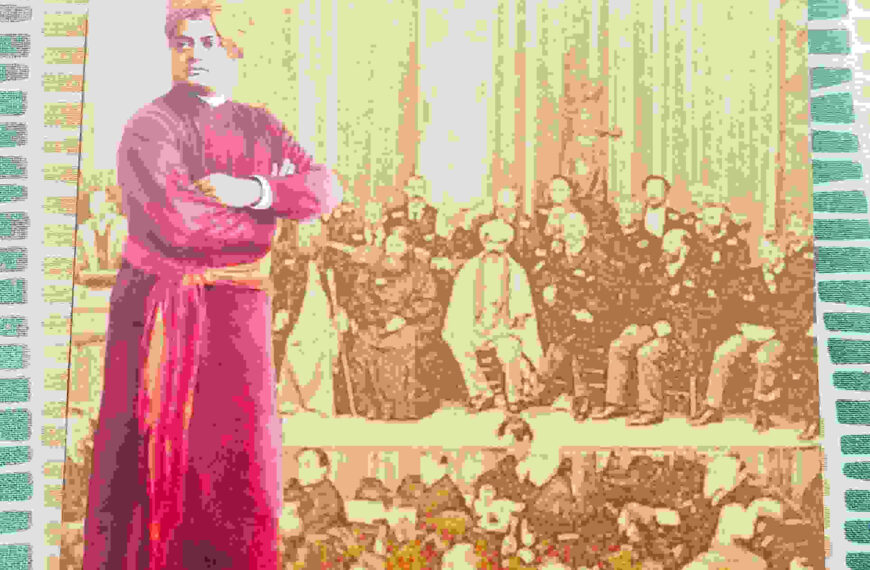Thangka means ‘thing that one unrolls’ in classical Tibetan. This art form got developed alongside the traditional wall paintings. Now, an art form, which is taught in monasteries along with butter sculpture, the earliest forms of the painting is believed to be commissioned by individuals. Most of these early paintings were painted by monks, who were commissioned to work and were provided the materials and were compensated with gifts rather than a fee. These paintings are rarely signed though there are some monks, who are famous for their Thangka works. Though hard to date a Thangka painting, the earliest ones are dated back to the 7th century AD. A typical composition of a Thangka painting shows a central figure surrounded by smaller figures placed in a background consisting of landscapes, sky. The characters are often re-incarnations. Thangkas are painted in all areas where Tibetan Buddhism evolved.
The first time I saw a Thangka painting was during the Wellbeing Tibetan Medical Camps in Kochi, which is jointly organised by Friends of Tibet and Men-Tsee- Khang, the Tibetan Medical and Astrological Institute of His Holiness the XIV Dalai Lama. It was in the Consulting Tibetan doctor’s room I had seen this huge painting of Buddha, which was beautifully decorated and framed in cloth, with two silk tie-like cloth hanging on both sides and adorned by neatly pleated section of silk cloth on top of the painting. The painting cloth canvas was held by two wooden rods. I felt an aura of spiritual positivity from it.
Whenever I entered the room during future camps, the first thing which caught my attention was the orange coloured Thangka painting. I remember looking at it at awe and studying the painting carefully each time, the details that went into the painting, the elements, the colours, awesome and a visual treat.
The painting has spiritual significance and is not a mere decoration adorning walls. The effort taken to curtain the painting, rolling it and tying it and the dedication and utmost respect with which the whole process is orchestrated is a sight to watch. Opening it by untying the bundle and slowly opening, holding the centre points of the curtain and artfully pleating the cloth to the top of the painting and folding it and hanging it is another ritual done with a spiritual mind sometimes accompanied by chanting of Tibetan Buddhist chants.
This whole process often intrigued me and whenever I see a Thangka painting, I try to observe if there is any similarity in the colours used, in the paintings or in the way the painting is hung. During my visit to the Tibet Festival, in 2014, I visited the stall which had Thangka paintings and spent over an hour going through the different paintings and talking with the monk who was manning the stall.
I always wanted to own one. This year the dream came true and every day I see it, I thank. It’s a prized possession.
Thangka means ‘thing that one unrolls’ in classical Tibetan1. This art form got developed alongside the traditional wall paintings. Now, an art form, which is taught in monasteries along with butter sculpture, the earliest forms of the painting is believed to be commissioned by individuals. Most of these early paintings were painted by monks, who were commissioned to work and were provided the materials and were compensated with gifts rather than a fee. These paintings are rarely signed though there are some monks, who are famous for their Thangka works.
Though hard to date a Thangka painting, the earliest ones are dated back to the 7 th century AD. A typical composition of a Thangka painting shows a central figure surrounded by smaller figures placed in a background consisting of landscapes, sky. The characters are often re-incarnations. Thangkas are painted in all areas where Tibetan Buddhism evolved.
Broadly Thangkas can be divided to two categories – painted and those made of silk – appliqué or embroidered. Gold background Thangkas are often an auspicious treatment used in Thangkas, which contains paintings of fully enlightened Buddha images.
During festivals and religious occasions, giant festival thangkas are unrolled against a wall in monasteries! These are likely to be wider than they are tall, often sixty or more feet wide and 20 or more feet tall. Typical Thangkas painting area is 20 to 50 centimeters high. Most old Thangkas have mantra inscription of the deity depicted, inscribed on the back side of the Thangka.
Since the art form is religious, there is often an overflow of symbolism and allusion, which is in accordance to strict guidelines laid out in Buddhist scriptures. The artist, often a monk, are trained and have a proper religious understanding to create the scene painted in the Thangka.
©Eswar Anandan
Photos:





 By
By

 By
By
 By
By